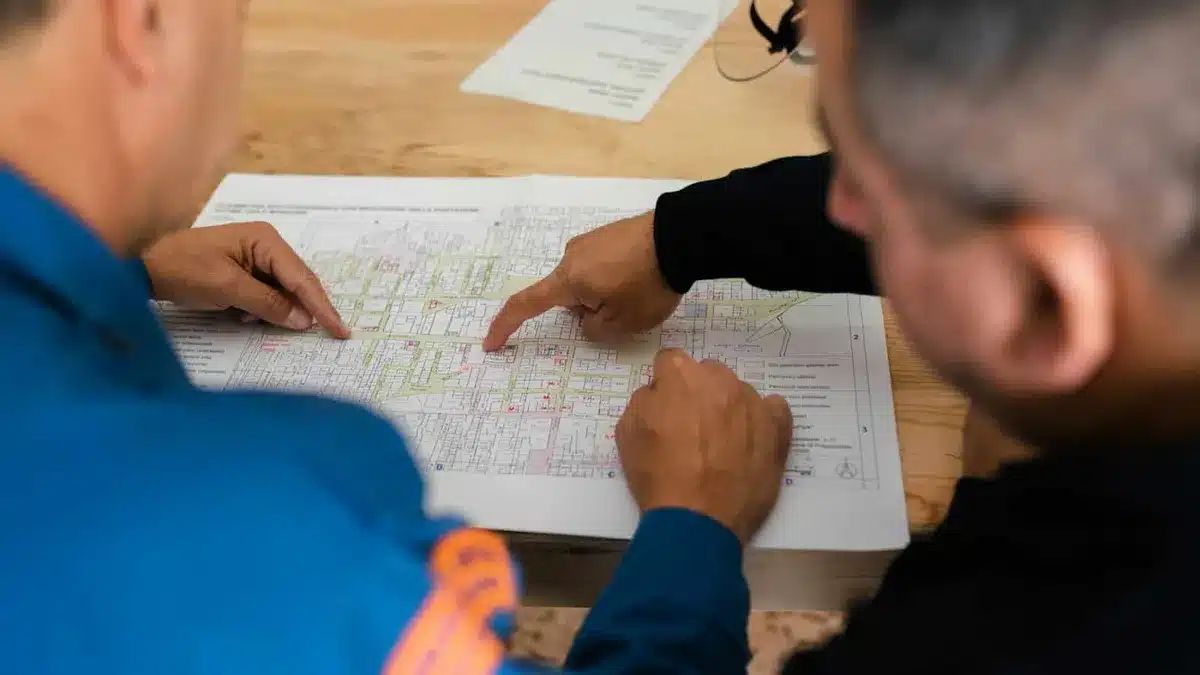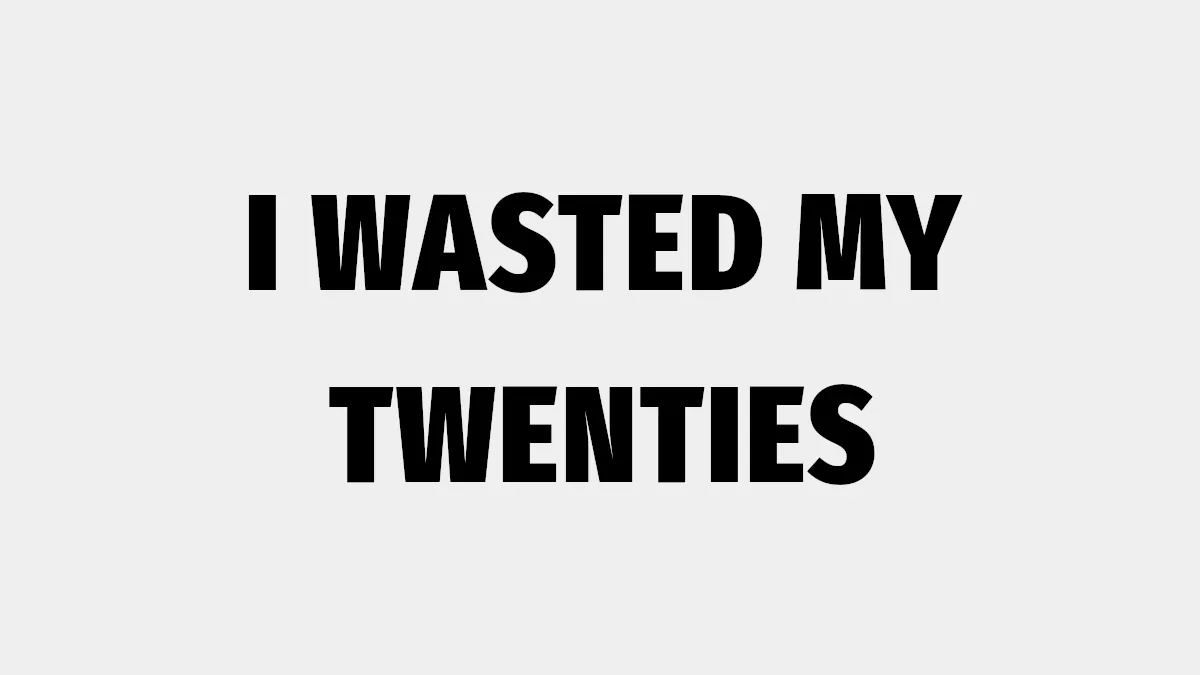Clutter finds its way into every area of our lives. Decluttering helps, but there comes a time when you need to purge your house. Organizing your home by getting rid of unused and unwanted belongings will simplify your life and organize your home. Avoid overwhelm, clear out chaos and create a clutter-free home by purging your house.
Just like you sometimes need to start over with a fresh install and a new laptop to organize all your digital notes and files, you also need to purge your home.
What is Purging? Is it Different from Decluttering?
The aim of purging and decluttering is the same – to rid your home (and your life) of things that don’t make it better.
They both involve clearing space, throwing some things out, and organizing what’s left. The difference between decluttering and purging, however, is the scope and method.
You can declutter a table or a room by tidying it up and organizing what’s left. However, purging is on a bigger scale. It’s when you focus on the whole house to get everything out that doesn’t belong there and put the entire place into a state that serves you.
When you feel you need to get organized, you can declutter by tidying up or clearing your inbox, and you can repeat this every day, but purging is something you do much less frequently. Furthermore, after a purge, the effects should last for months, and so while you might still need a little tidying to keep it in an optimal state, another purge shouldn’t be necessary for at least a year.
Why Purge?
Marie Kondo, the current queen of decluttering, puts it this way “Think about what kind of house you want to live in and how you want to live in it.” If what you think isn’t your current reality, you might need to purge.
But the purpose of purging is not to leave you with an empty minimalist living space with no furniture or possessions. For most people, life won’t work if you remove everything. Instead, purging should make your life easier. An organized life should be more productive and allow spontaneity.
Use that as your motto as you purge your possessions. If tossing something away doesn’t make your life better or easier, keep it.
How to Purge Your House of Junk
Purging can be a lot of work, but it doesn’t have to be complicated. By following these stages, you’ll get through it and reap the benefits for the following year.
- Make a List of Your Rooms
- Toss Out Trash
- Make a Pile
- Make a Decision
1. Make a List of Your Rooms
Purging your whole home in a single day will be impossible for most. Even if you live in a small apartment, trying to do the whole place in one day will be exhausting. Going room by room and choosing one or two rooms to do each day is a much better strategy.
Start by just making a list of the rooms in your house. Once you have the list, there’s probably a room that screams out to you, “Purge me first!” So that’s where you should start. It’s either the most commonly used living space or the kitchen, but it might be the bedroom if you keep a lot of stuff there.
2. Remove Junk
Put a large trash can or big black trash bag outside the door before you start purging the room (you might even need a few bins.)
The most accessible place to start your purge is with trash. It collects in every room, and you might only be able to see some of it at first glance. So look around the room, in drawers and cupboards, leave no stone unturned and throw away everything you know has no use.
3. Put Everything that isn’t in its place in a Pile
Once your room is free from trash, it’s time to be decisive.
Rather than looking around the room while trying to decide what should go and what should stay, use this process to keep you focused.
Start by the door and go around the room counterclockwise. As you look at your stuff, ask yourself one question: Do I want this to stay here?
It doesn’t matter if it’s something you want to keep or might want to throw out. If you want it to stay there, leave it. If you don’t, take it and put it in a pile in the middle of the room.
For example, left of the door in my study is a desk with a keyboard, screen, and camera on it. So I ask myself, “Do I want this to stay here?”
- Desk > Yes
- Keyboard > Yes
- Screen > Yes
- Camera > No
I know there’s no way I’ll throw my camera out, but I also know that I don’t want it to live on my desk. It needs a home.
Rather than finding a home for it now, I put it in the pile and moved on. If you start looking for a home for everything you find that’s out of place, this stage of the purge will take too long. It’s quicker to stay in the same mindset until you finish. Then go into the “find a place” mindset.
4. Two Questions
After you have gone around the room and moved everything that doesn’t belong into the center pile, you now have the chance to make a massive difference to this room.
These things are pulling on your attention, causing micro-stresses every time you pass them and creating decision fatigue that minimizes your effectiveness at the things that matter in your life.
If you can make one decision about each of these things, they’ll become as benign as the desk in your room. You’ll never need to worry about them again.
There are only two questions you need to answer
- Do I still need it?
- Do I still want it?
If the answer to both of these questions is “no,” throw it in the trash. If you still need it or still want it, find a home for it.
5. Find a Place for it.
The camera on my desk doesn’t belong where it is, but it doesn’t belong anywhere because I never gave it a home. Sometimes it sits on my desk; other times, I put it on my bookshelf, or it may be in the house’s entrance hall. It causes me to worry that when people arrive and take off their coats and hang them up, they might accidentally knock it off the table. When it’s on my desk, it collects dust, and I worry sometimes it will get into the lens.
Though, these little worries and stresses were never big enough for me to do something about it. And while it’s not a huge deal, when you have hundreds of items in your home that cause micro stresses, they eventually add up and pull you down. They make you feel tired and cause you to be less productive because part of your subconscious brain is occupied 24/7.
When you find a place for everything, that part of your brain wakes up again, and you feel incredible.
It doesn’t have to be in the same room; you just need to designate a place for each item and put it there. For example, I have a space in my closet where my camera now lives.
Tips for Purging and Decluttering Your Home
Storage Ideas
New storage containers, devices, and systems are coming out every day. There’s a whole corner of the internet (and Pinterest) devoted to them. These are the storage systems that have had the most significant effect on me:
- A rotation system for our chest freezer
- Dividing the attic for storing things by room (a section for bedroom items, kitchen items, living room items, etc.)
- Never overfilling the fridge, pantry, cupboards, etc.
- Sloping organizer trays for utensils
Organizing Your Closets and Drawers
- Never fill your wardrobes more than two-thirds full
- Use drawer dividers
- Sorting your clothes on hangers by color may look pretty, but it won’t help you find what you’re looking for
- Instead, sort your clothes by how you use them (work, home, countryside, casual, sports and exercise, etc.)
Organizing Your Mind
It’s one thing to spend hours purging your home, but what about all the things cluttering up your mind? Learn how to perform a brain dump and declutter your mind.
Create a Filing System
If you don’t have a filing system, build one. All those pieces of paper you receive need to go somewhere; otherwise, they just clutter up a junk drawer instead. A simple system is all you need, a drawer or binder with A-Z dividers so you can put your paperwork in there and forget about them.
Alternatively, build a digital version and go paper-free.
Letting Go
Throwing things out can be tough. You don’t have to be a hoarder to want to hold on to your possessions, even if they don’t spark joy. But there are some ways to make the process of letting go a little easier.
- Donating – Donate your used items and know they may be appreciated by someone else
- Recycle – If you have recyclable items, be good to the planet and find a recycling bin
- Find Expired Goods First – To get you in the mood, start by finding old or bad items in your fridge or freezer; you’ll feel no regret when you discard them.






